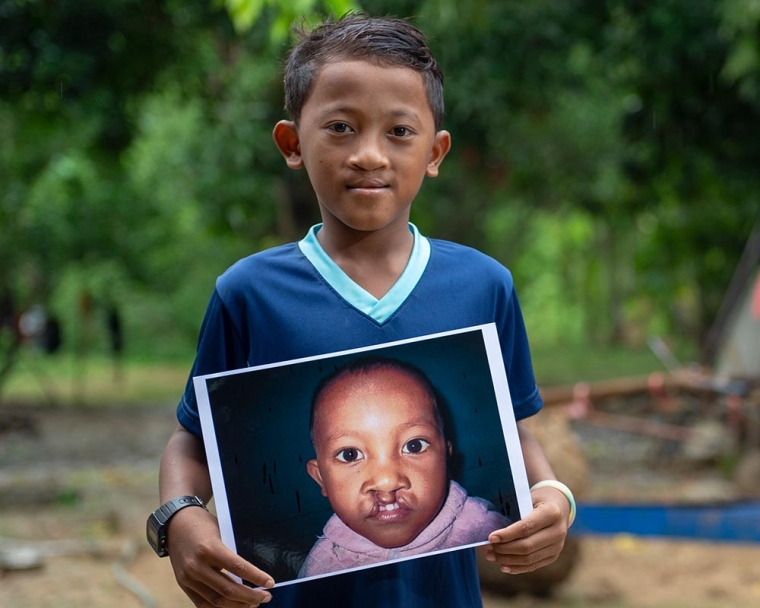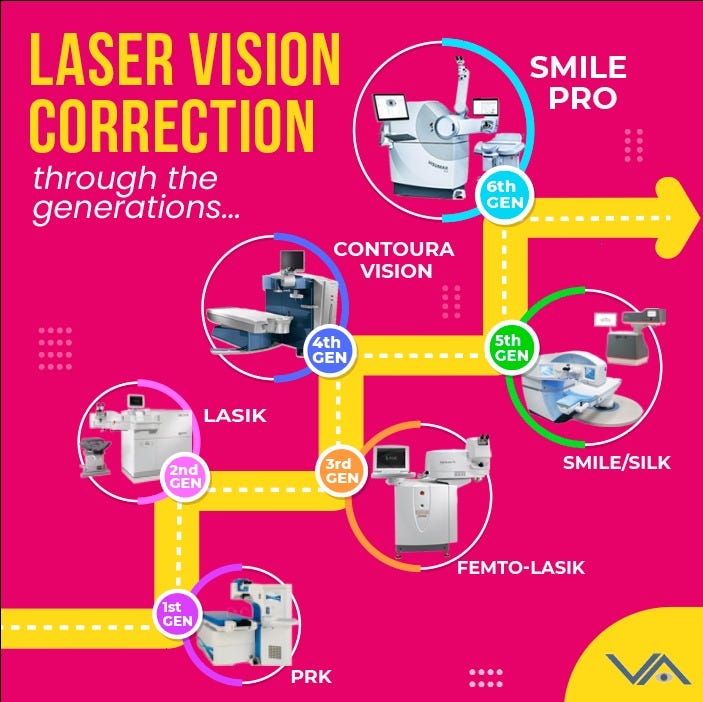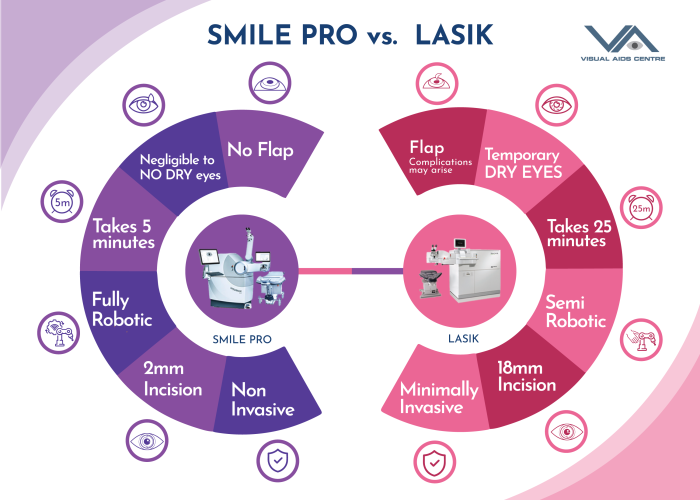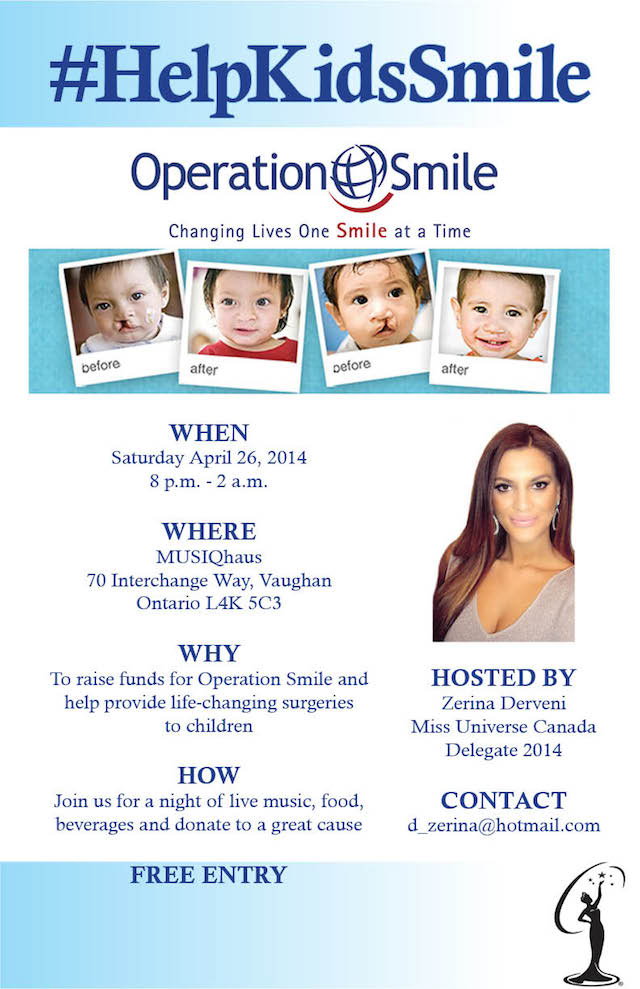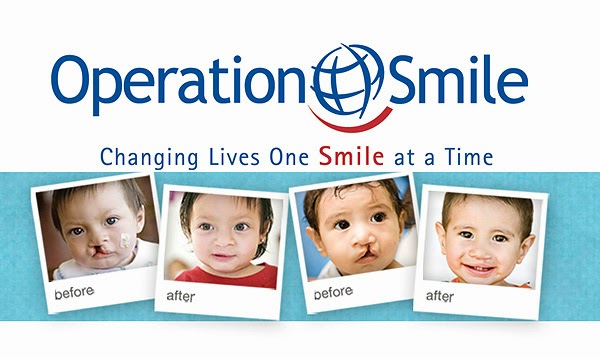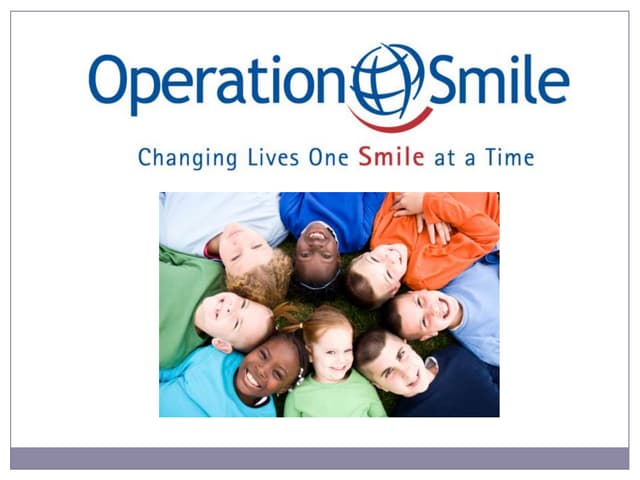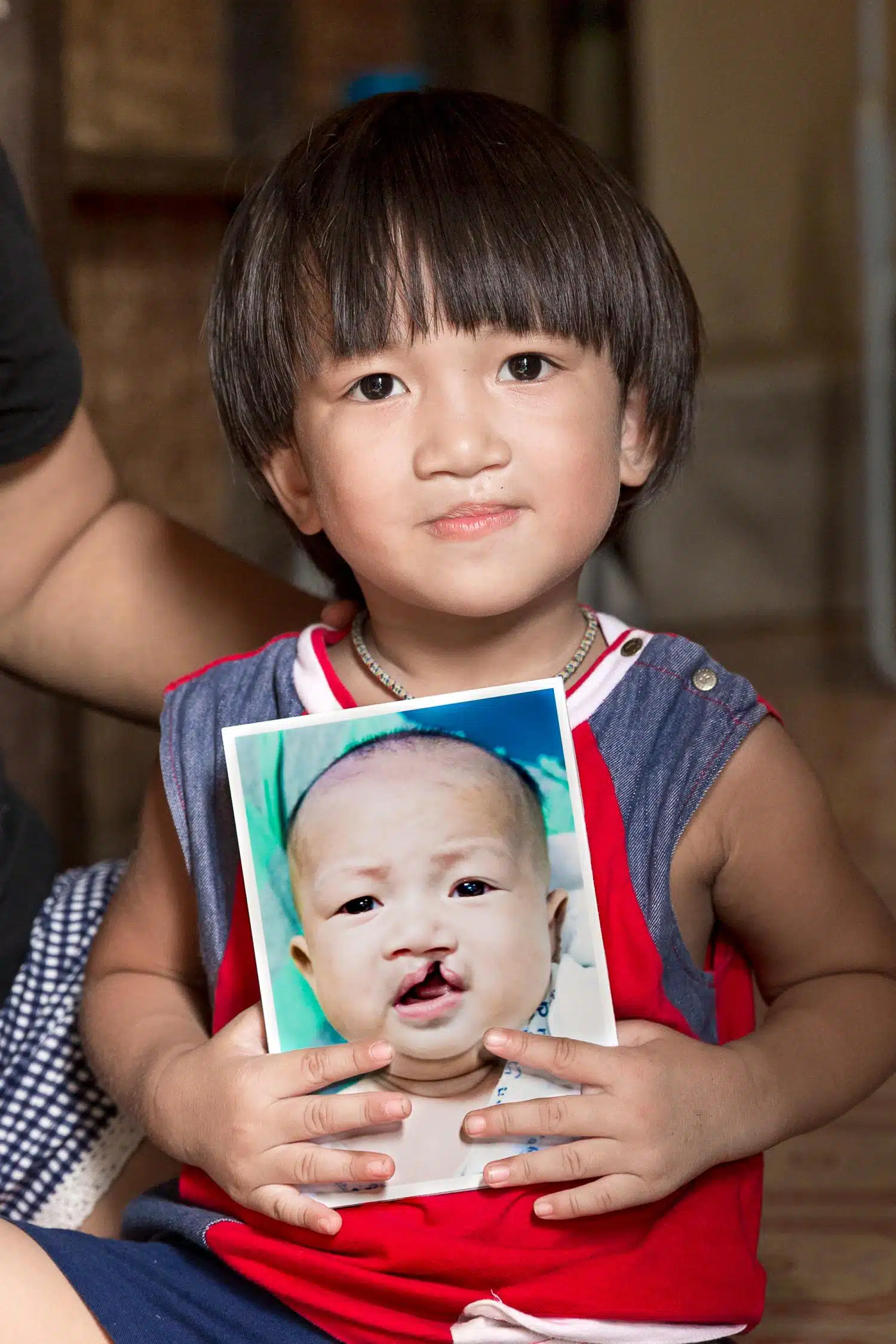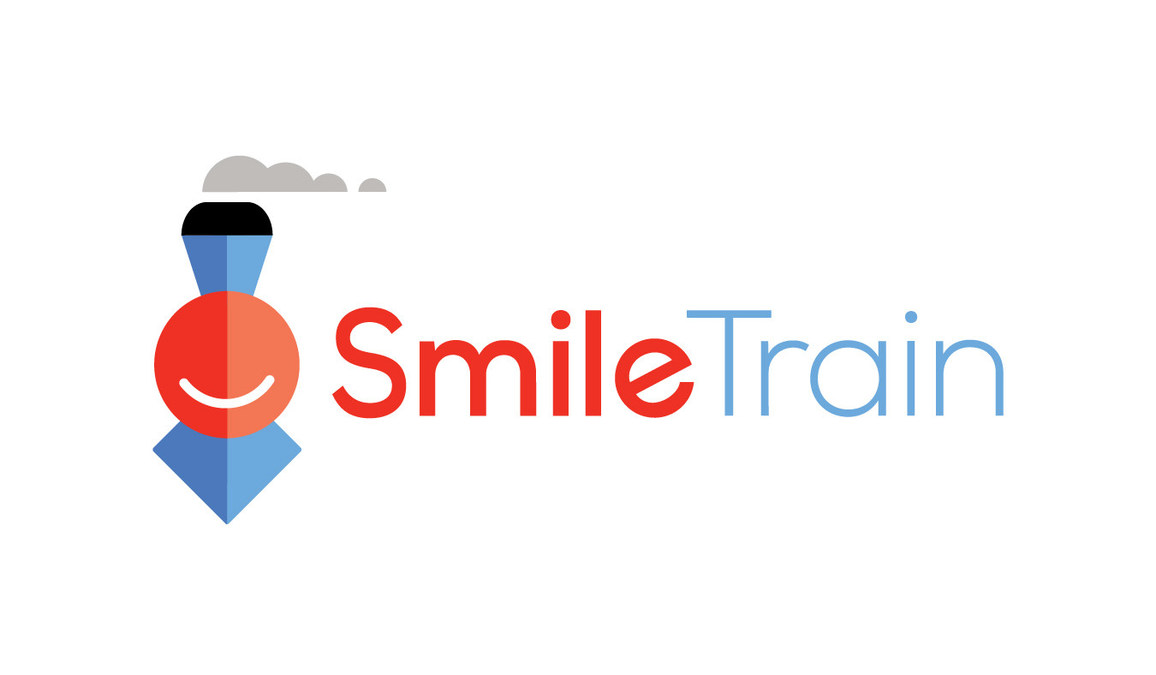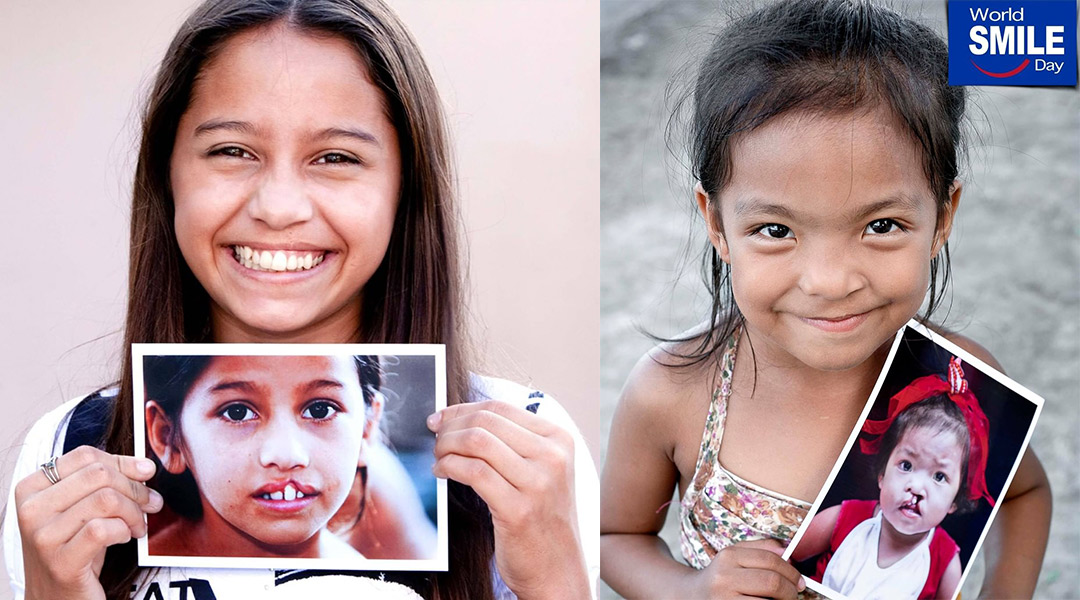What Is The Difference Between Smile Train And Operation Smile

Imagine a child's face, shadowed by the subtle, yet significant, difference a cleft lip or palate can make. Then, picture that same face transformed by a smile, radiant and unburdened. Organizations like Smile Train and Operation Smile are working tirelessly to make this transformation a reality for children around the globe.
While both Smile Train and Operation Smile share the common goal of providing free cleft lip and palate repair surgery to children in need, their approaches to achieving this mission differ significantly. This article will delve into the nuances of each organization, exploring their methodologies, historical backgrounds, and impact, ultimately helping you understand the key distinctions between these two impactful charities.
A Tale of Two Organizations
Operation Smile, founded in 1982 by Dr. William Magee, Jr. and his wife, Kathleen, emerged from a medical mission to the Philippines. Witnessing the overwhelming need for cleft repair surgery firsthand, they were inspired to create an organization dedicated to providing this life-changing care globally.
In contrast, Smile Train was established in 1999 by Charles Wang and Brian Mullaney. Wang, known for founding Computer Associates International, brought his business acumen to the nonprofit world, focusing on a sustainable, scalable model.
Key Differences in Approach
One of the most significant distinctions lies in their operational models. Operation Smile primarily utilizes short-term medical missions staffed by volunteer surgeons, nurses, and other medical professionals from developed countries.
Smile Train, on the other hand, champions a "teach a man to fish" philosophy. They focus on empowering local doctors in developing countries through training, funding, and resources, enabling them to provide cleft repair surgery independently and sustainably.
Smile Train's model prioritizes building local capacity. This approach aims to create a lasting infrastructure for cleft care within the communities they serve.
The Mission Model
Operation Smile's mission model allows them to reach remote areas quickly, providing immediate care to a large number of patients during concentrated periods. This is particularly effective in regions where access to specialized medical care is limited.
However, the sustainability of this model has been questioned. Once the mission ends, the ongoing care and long-term follow-up for patients may become challenging.
The Sustainable Model
Smile Train's sustainable model fosters long-term solutions. By empowering local surgeons and medical teams, they contribute to building a healthcare infrastructure that can continue to serve the community indefinitely.
This approach requires a significant upfront investment in training and resources. But, the long-term benefits of self-sufficiency are substantial.
Transparency and Funding
Both organizations are committed to transparency, providing detailed information about their financials and program outcomes on their websites and annual reports.
According to their financial statements, both organizations allocate a significant portion of their donations to program expenses. This demonstrates their commitment to directly supporting cleft lip and palate repair.
It is important to review their financial statements and program reports to understand how each organization manages and utilizes its resources effectively.
Making an Informed Choice
Ultimately, the choice of which organization to support is a personal one. Both Smile Train and Operation Smile have made invaluable contributions to improving the lives of children with cleft lips and palates.
Consider what aligns best with your values: a focus on immediate impact through medical missions or a commitment to long-term sustainability through local capacity building.
Whether you choose to donate your time, money, or simply raise awareness, your support can help these organizations continue to transform lives, one smile at a time. Remember that supporting either organization helps children regain not only a physical attribute but also confidence and hope for a brighter future.


